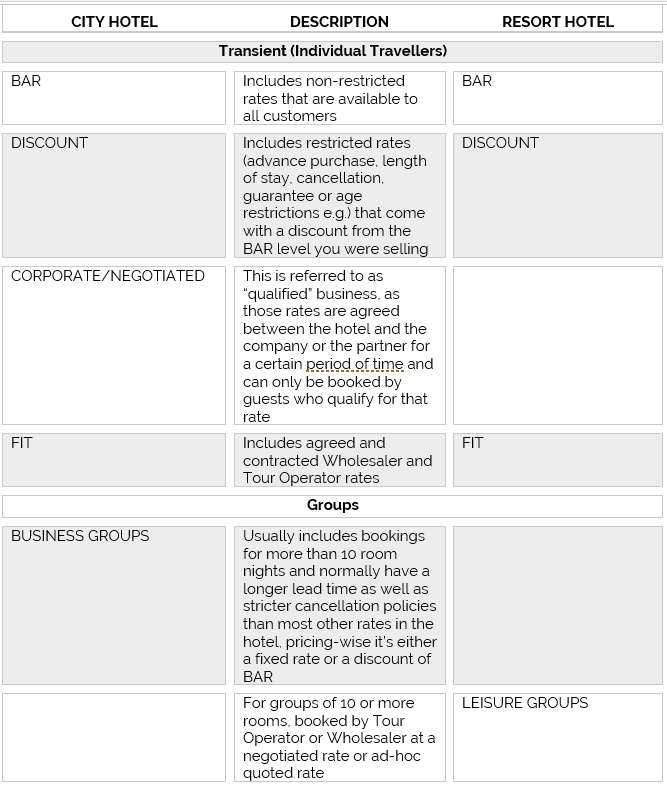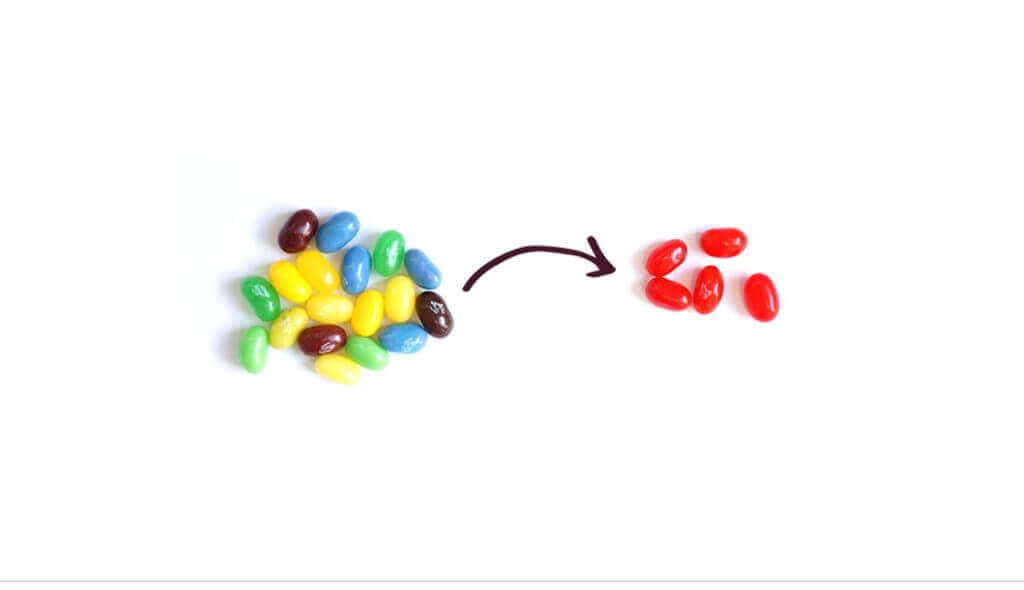In today’s hotel landscape, we still often find hoteliers not being fully aware of the benefits of categorising their business into relevant segments
NB: This is an article by Veit Meier, Director of Revenue Management at berner+becker revenue management.
However, if you want to be successful in the way you manage your business and start applying sound revenue management practices, it is an essential step to have a clear idea of which consumer groups you should be targeting. Also you need to consider which distribution channels you should use for that. This goes hand in hand with the variety of buying behaviour among those consumer groups and channels to cater for different needs and budget levels. Simultaneously, it allows you to keep an eye on cost effectiveness in order to market your hotel in the best possible way.
With this article, we want to give you a bit of an insight into which kind of segmentation can be beneficial and feasible for you and which advantages will derive from that.
In the past, a lot of weight was given on market segments that were defined by the traveller’s purpose of travel, namely Leisure or Business. But let’s face it, nowadays it’s very unlikely that a hotel even knows who the client is let alone why the guest even booked the room – thanks to the ever-evolving booking landscape that is out there. And then we hear about words like “Bleisure” meaning a Leisure customer is combining his/her trip with Business or the other way around, adding confusion to all of this.
This actually means that hotels should focus not only on figuring out which market segments they should target their guests in but also make sure to know the distribution side by tracking the source of their business allowing flexibility in the way the business is analysed, influenced and managed. So, in essence, a well-defined set of market segments and the insight into distribution enables you to correctly apply pricing per segment as the base for successful Revenue Management. But let’s take a look now what’s behind all of this.
MARKET SEGMENTS
Relevant market segments for your hotel are still the foundation for setting your pricing strategy correctly. They are mainly defined by the different booking behaviours and the price sensitivity of a hotels’ customers. This allows you to uniquely price each segment according to the type of customer you are looking at. In addition, market segments allow you to specifically define and bundle sales and marketing efforts according to any trends and movements you can derive from the analysis of those segments. The ultimate goal with that is clearly to work towards an ideal market segmentation mix for your hotel.
Market segments can obviously be different depending on the type of hotel and the market it operates in, but quite generally a hotel sees “Transient” and “Groups” as main differentiators for customers booking habits. However, to make this more accurate and specific, there are market categories assigned to those indicators which then actually make up for the market segmentation.
Let’s compare an inner-city business hotel and a coastal resort hotel to see how their segmentation could look like:

Of course, there’s the possibility to make these segments even more specific and relevant for any hotel. For e.g. you could break down the Corporate segment into high and low volume accounts or LRA (Last Room Availability) and NON-LRA accounts.
Also on the group side, you could make the differentiation between Business Groups with meetings and without meetings. The FIT segment also gives you space for more differentiation as you can divide the segment into “FIT contracted” and “FIT ad-hoc”. All in all however, you should aim for not having more than 8-10 relevant market segments in place to keep it simple and effective. Each of the segments will then be subject to tailor-made sales and distribution efforts helping you to yield the best business you can for your hotel.
SOURCE OF BUSINESS
Each of your defined market segments will have various sources of business that come to different costs. So here we are looking at distribution channels like GDS, OTAs, Direct channels (email, phone, own website) for example. Your hotel’s PMS and also business intelligence tools will help you dig deeper into your distribution mix as you would want to track which distribution path your customers actually used to book your hotel. Ultimately, this will not only help you optimise your distribution mix and manage your distribution costs rigorously, it will also help you spot movements from one channel to another at a very detailed level. Therefore, this information will be beneficial in setting your distribution strategies per market segment.
SUMMARY
Defining your hotels relevant market segmentation is a crucial step towards more control over your business. Start by looking into which types of customers are coming to your hotel, what their buying behaviour and their budget is and which ways they use to book your hotel. All of this will enable you to apply valid and targeted actions to your mix of business and take measurements towards increased profits.
As outlined, relevant market segments will differ from hotel to hotel, but lastly they will deliver the advantage of being able to better steer and analyse your business regardless of where your hotel is located and which type of hotel it is. The definition of market segments is where Revenue Management starts and will take you to another level of financial performance!
Read more interesting articles on berner+becker’s newsroom page and follow berner+becker on LinkedIn





